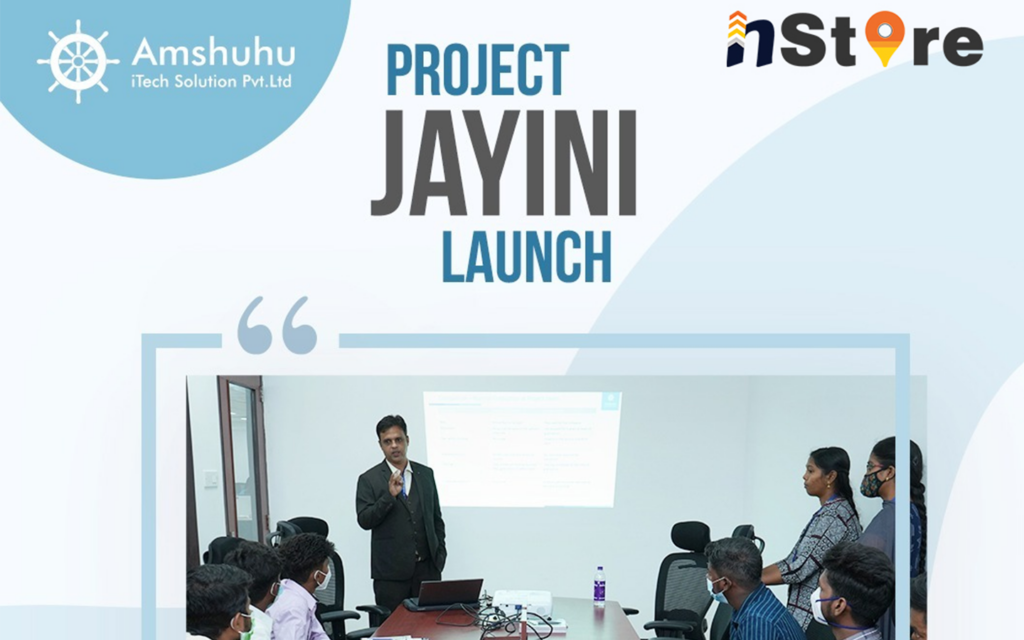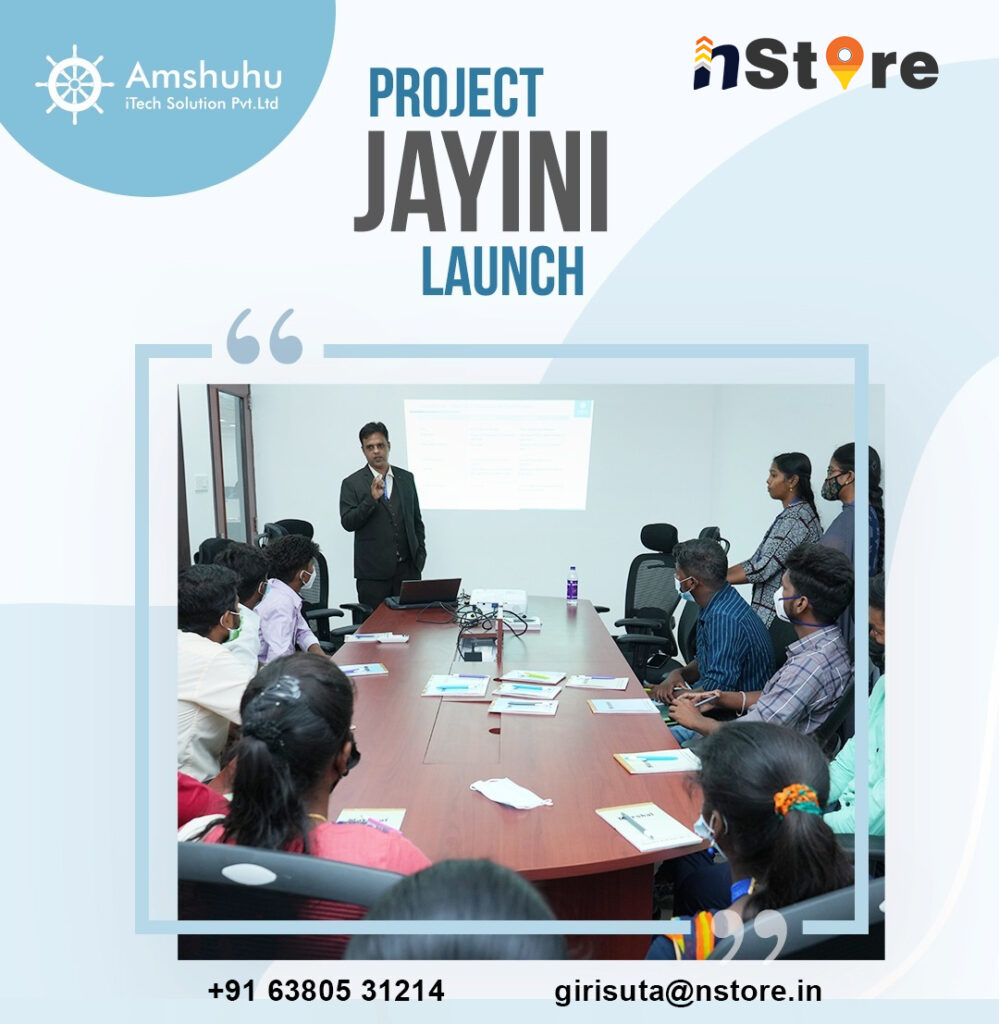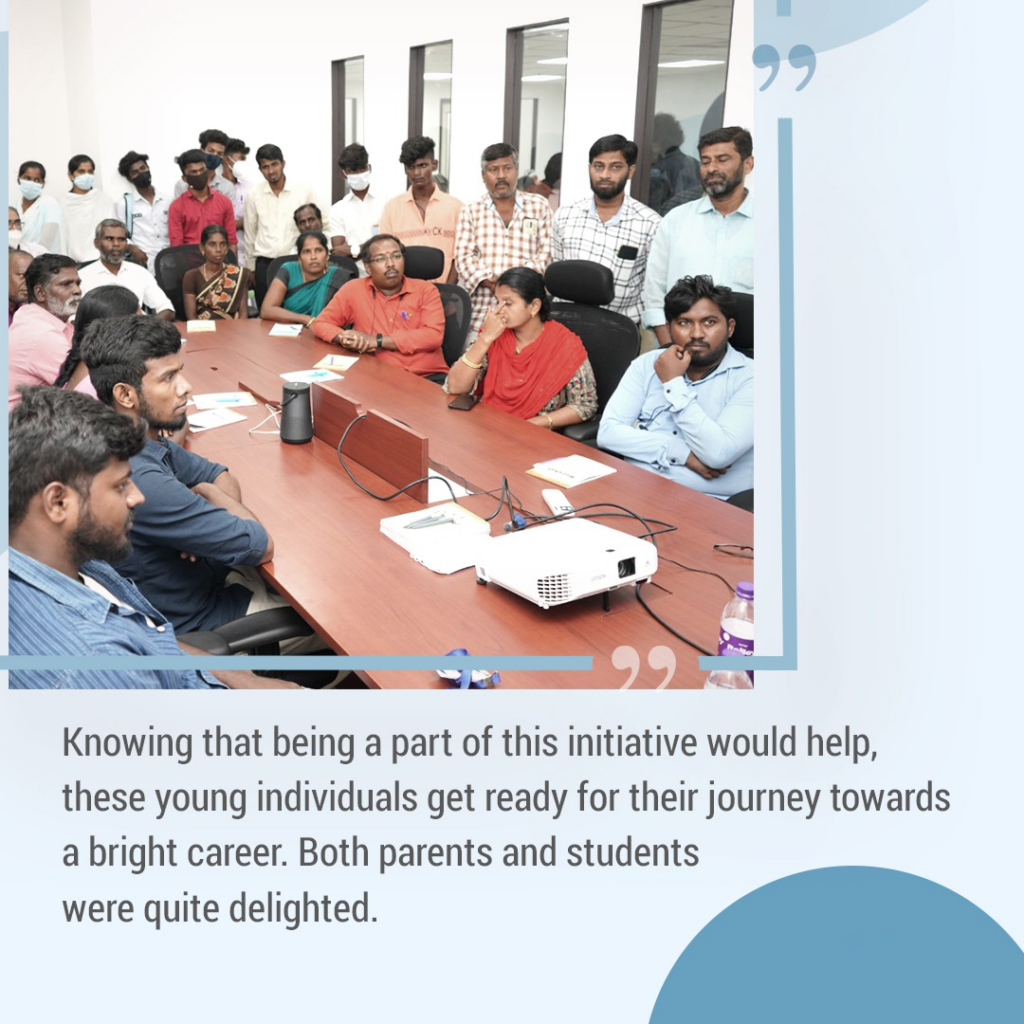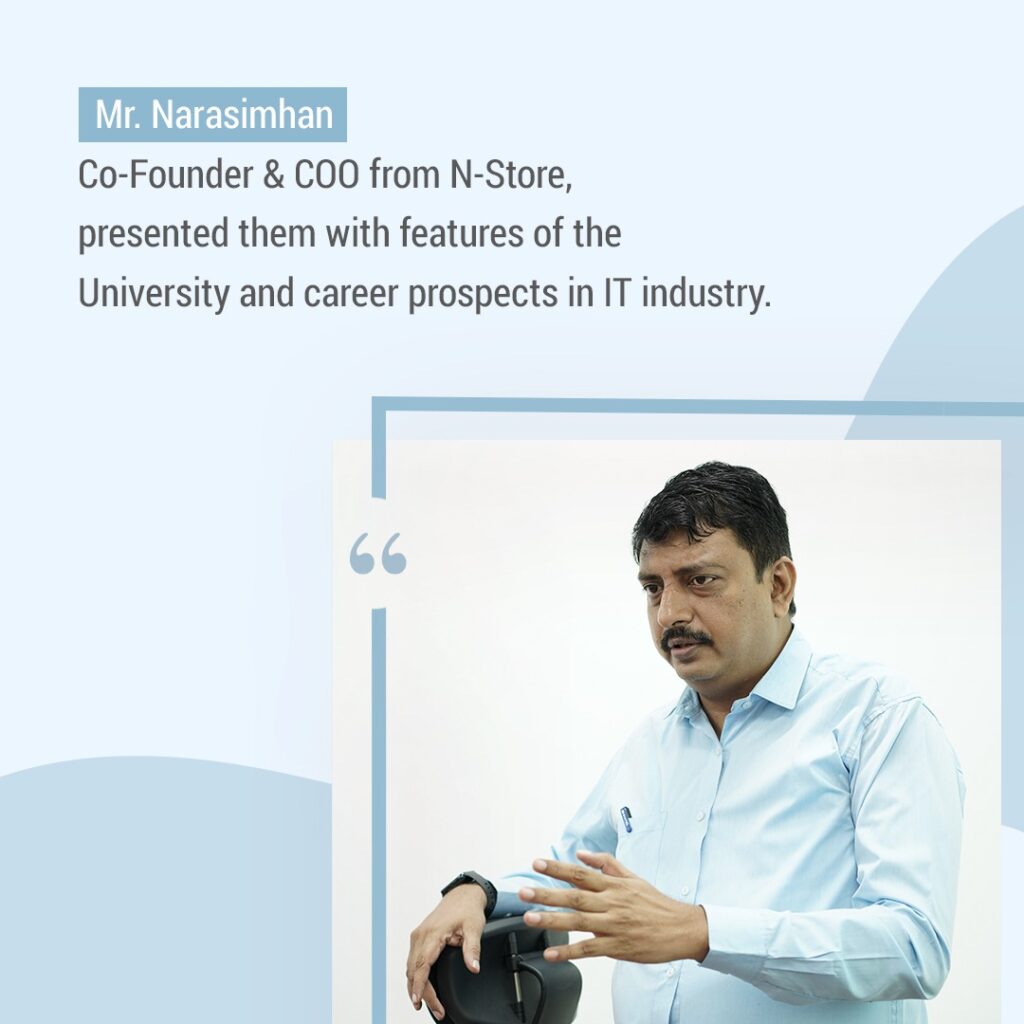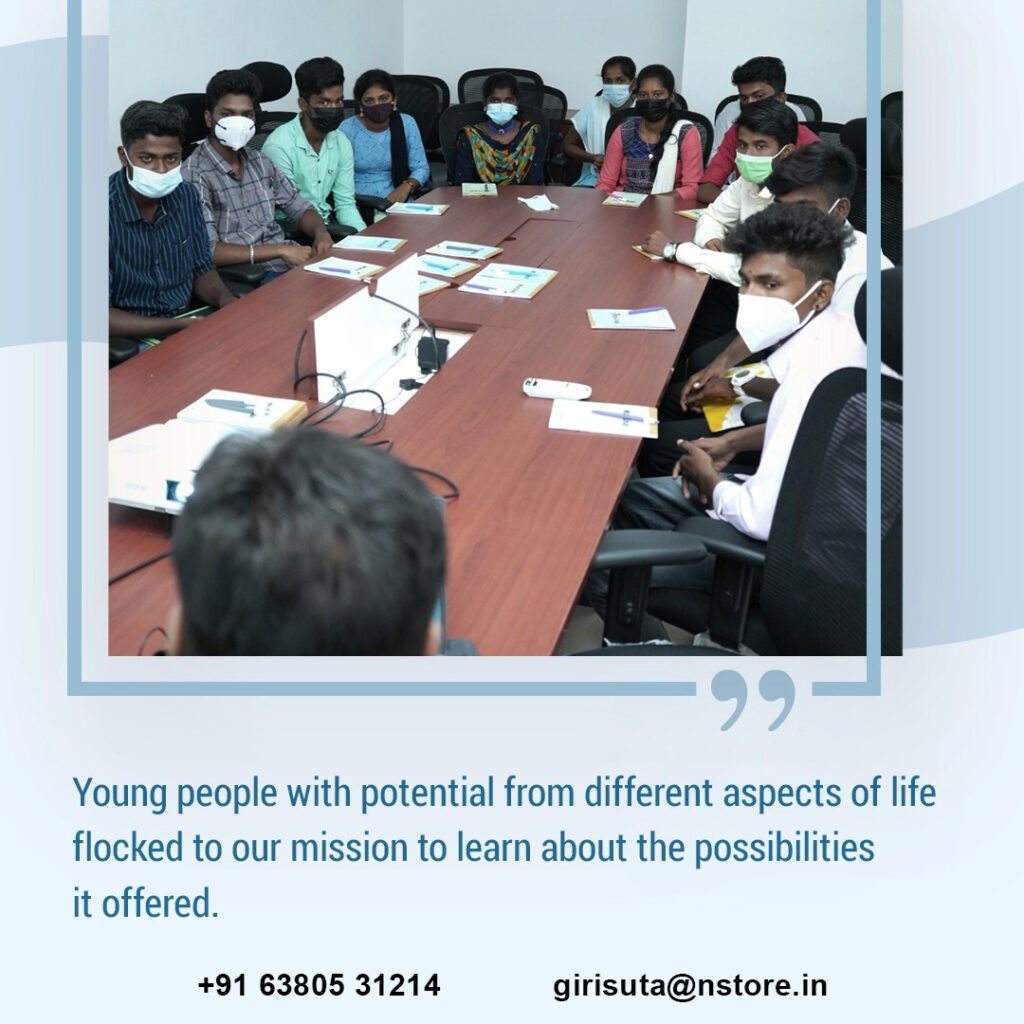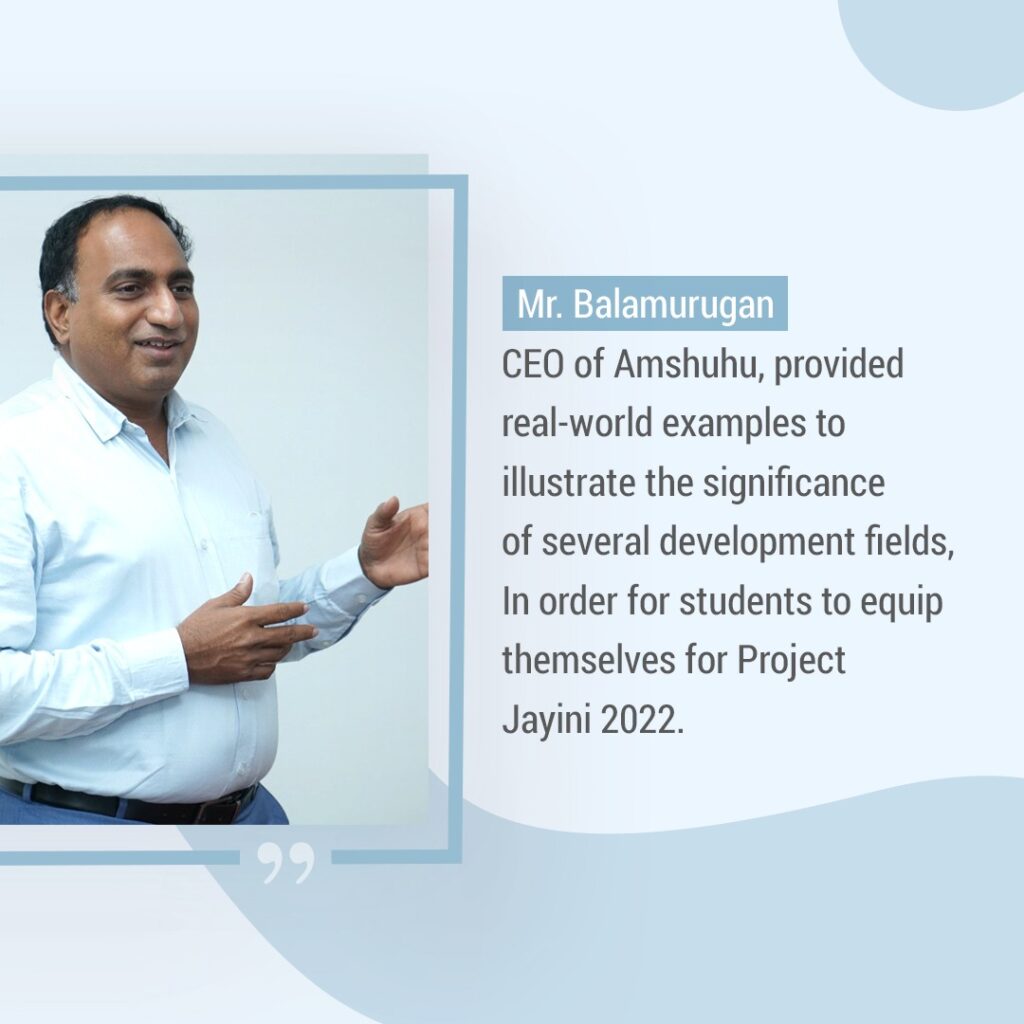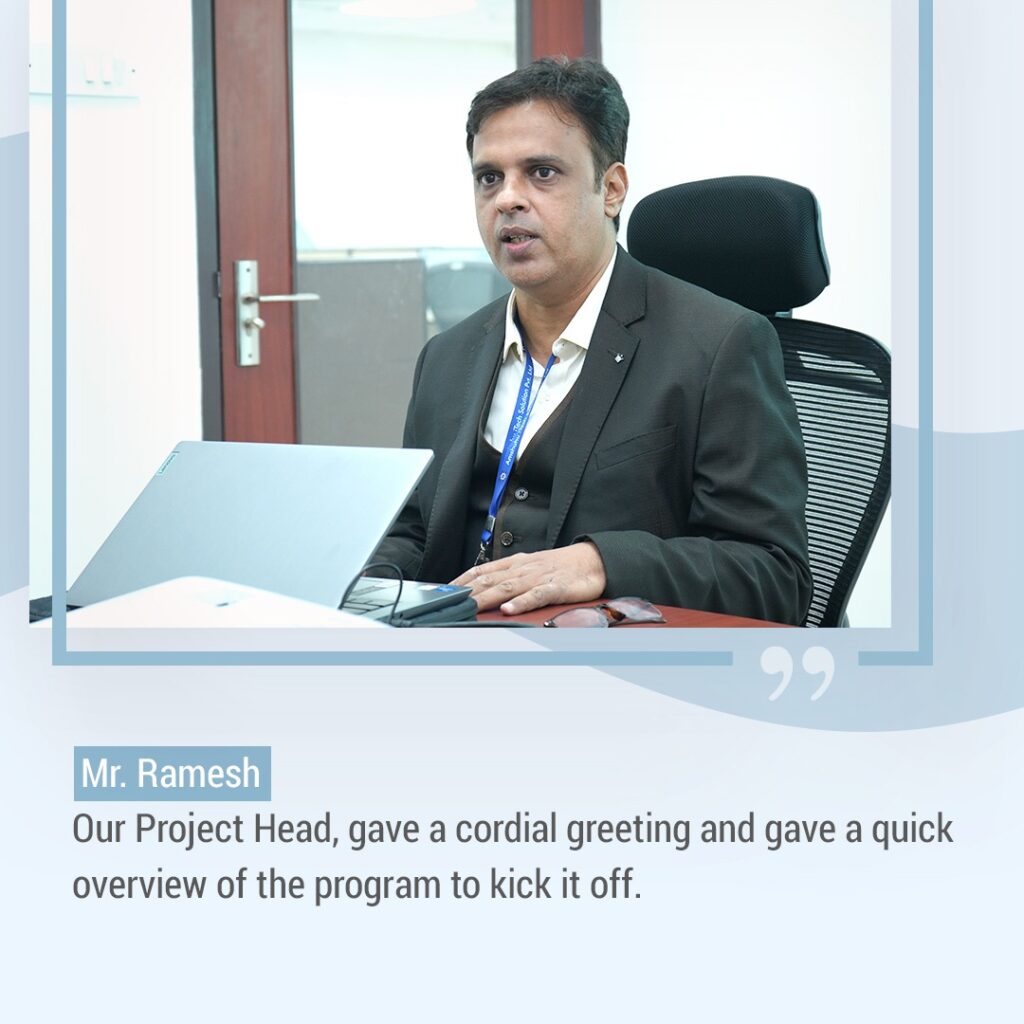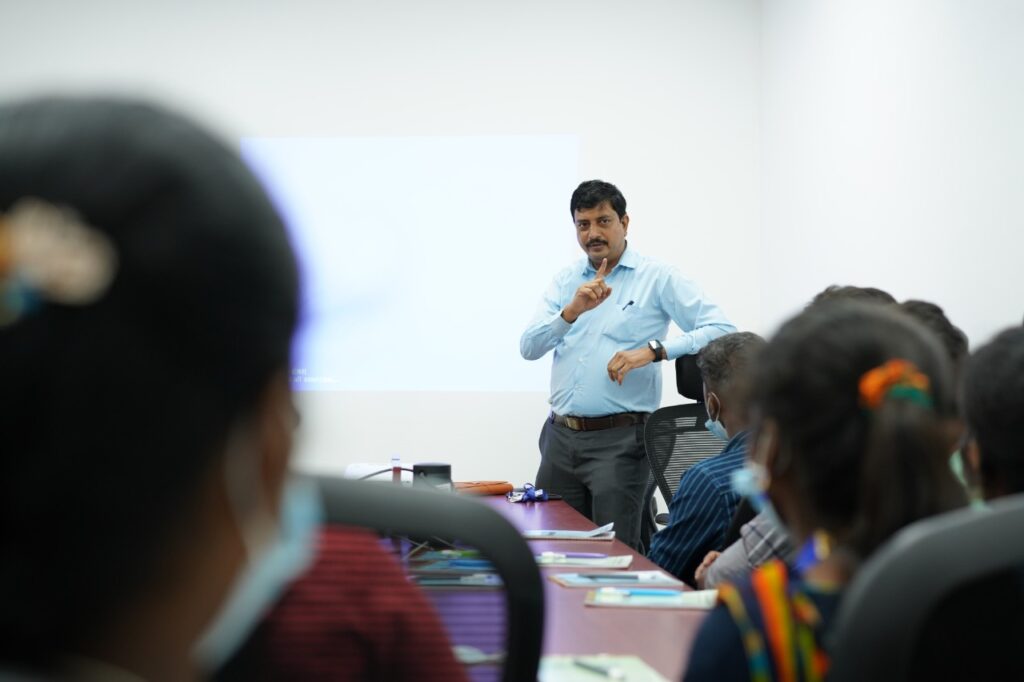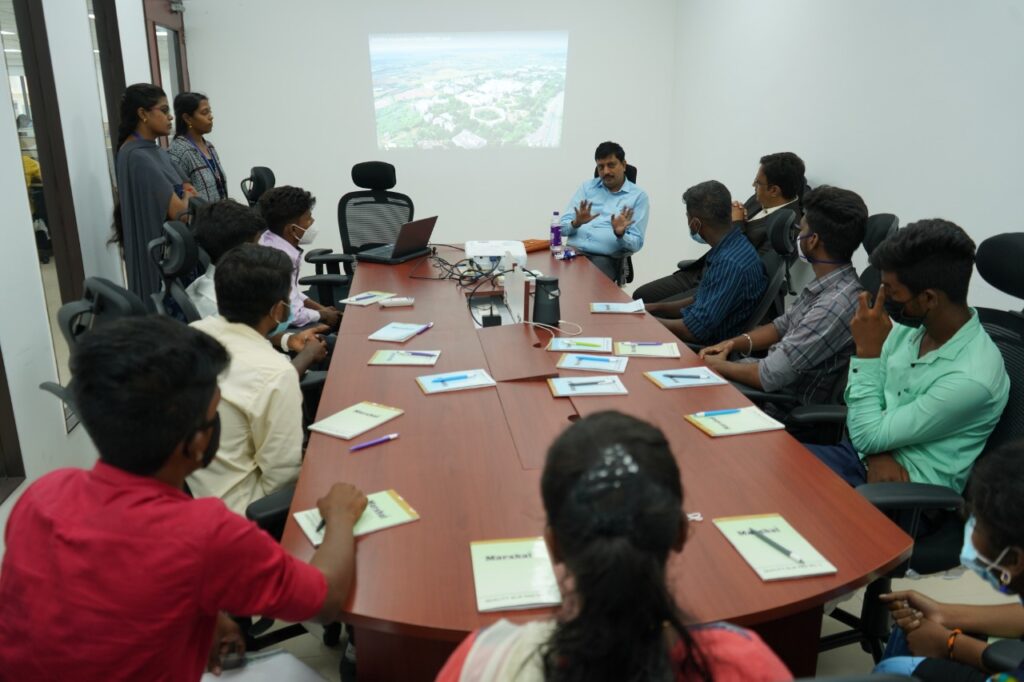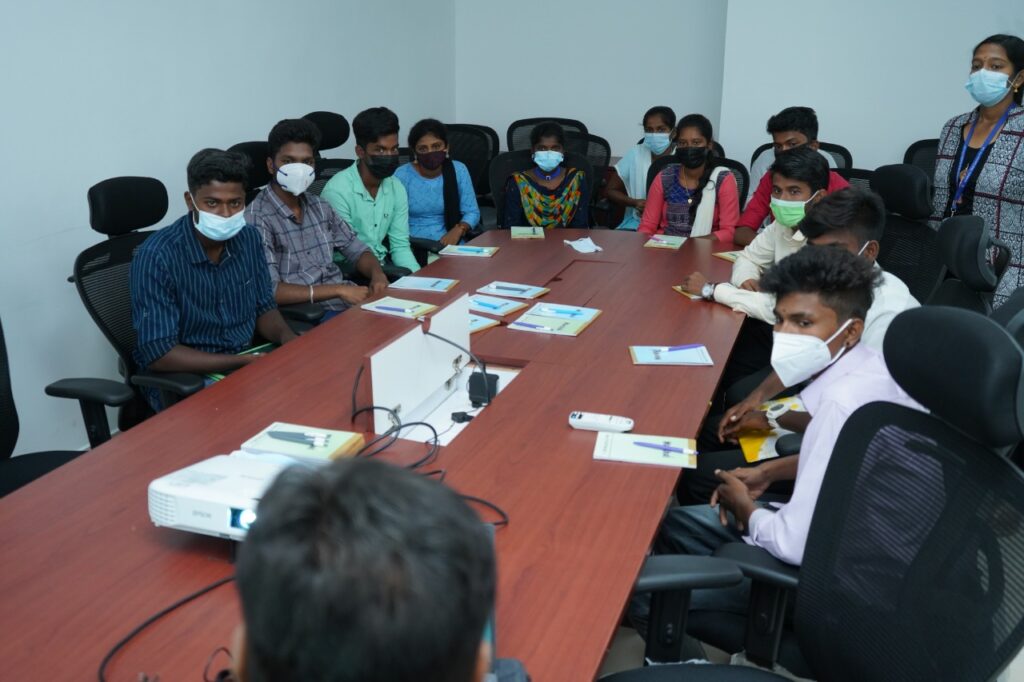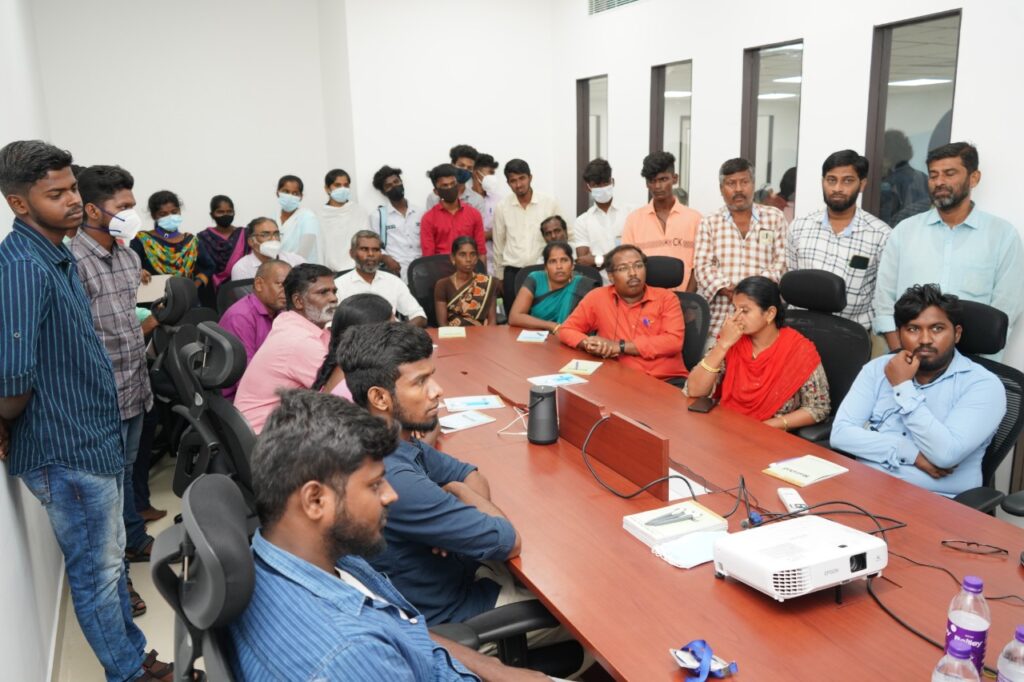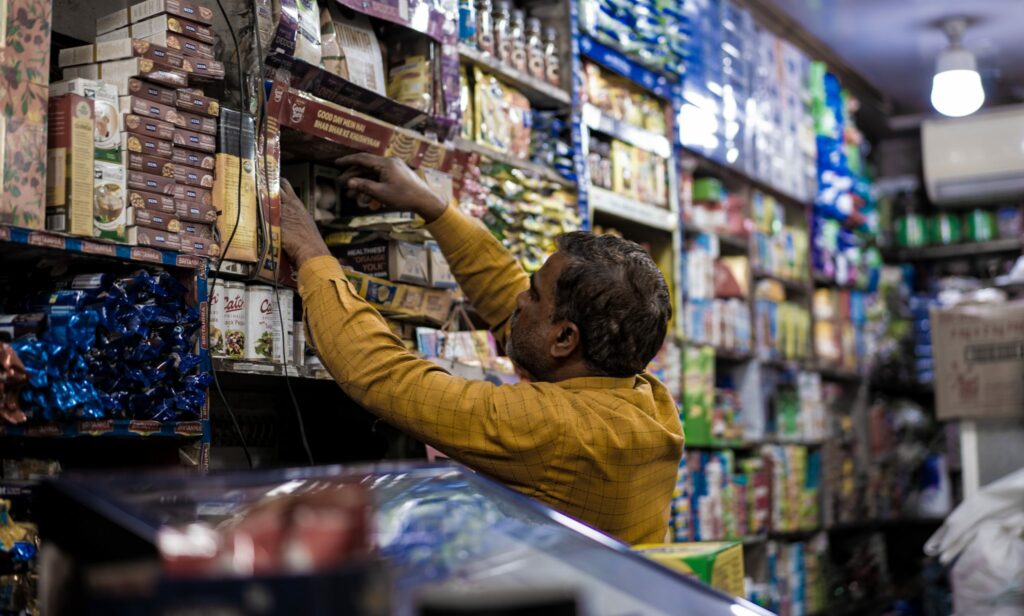This was way back in June 2016 when I was leading an organization successfully in the Retail Payment space in India and enjoying the work that I was doing, As part of my work, I visited many stores to educate them to accept digital payments and everywhere I met with the
same answer that Cash is more convenient and that there is least or no interest in accepting digital payments unless forced by the consumer. From a consumer’s perspective, it made no difference to a majority of population in spite of penetration of digital banking,
wallets et.al.
One day I presented to the board that engaging with the retailer will prove more effective in the long run if we do not go with a pointed product/solution but instead offer a holistic solution towards building an ecosystem. The concept was appreciated and I was motivated
to do a study on the ecosystem components that are useful for the retailer.
After a month of study, I came up with a list and more importantly the study gave me insights that there is an opportunity in the vast unorganized retail segment in the country if we play it right.
Suddenly, one fine evening as I was preparing to leave office around 8.00 p.m. there was a message that the Country has demonetized Rs. 500/- and Rs. 1000/- notes and a huge demonetization exercise will take place. After two months of mayhem, as the dust settled down
on one of the country’s largest stimuli program, one thing that certainly happened is that retailers started realizing the power of digital.
Acceptance of everything in the digital space began. Many changes happened in my life between Sep 2016 to Dec 2016 and suddenly I was looking at an uncertain future for myself in the organization as the group was going through a major change. But one thing
remained deep rooted in me that the idea that dawned upon me has got the potential and there is an opportunity if I am able to put together a right team.
Looking for Believers in the Idea
Though there is an opporutnity, I realised that in order for this to see the light of success, I will need a team of like-minded people with complementing skills who believe in the idea, to join the core team. I went over my network of friends to identify my team of co-founders.
I reached out to my roommate in college who was then working with a large MNC handling operations and support and when I bounced off this idea with him he readily agreed to be part of this and to my surprise he said he tried doing something in 2014 but did not get the
time and team to take it forward.
Finding the first co-founder was both satisfying and reassuring, and as I reached home, I decided to jump into this. One thing followed the other and by 10 Feb 2017 we had registered the Company nStore Technologies Private Limited.
Now both of us reached out to another friend who has been an entrepreneur for 10 years and shared our idea and to our surprise he said there is a base platform that he has built and we can use that to build our platform, however he may not be able to join us full time
as he has other committements but he assured us of full support in taking this forward.
Without an office and people we slowly moved ahead to create the platform that we wanted. However, we were aware that in order to progress rapidly, we need someone who understands retail and software development to join the team and play the role of an architect.
Two months passed and by June 2017 I was back again in Chennai and this time meeting my school mates over dinner and some of us are meeting after 15 years. I decided to announce my venture to my friends and one of my close friends in the group heard the story
and said he specializes in retail and has worked extensively in the US and UK geographies to help large retailers create systems and processes to scale their Business.
That day, I decided that if nStore has to move forward he should be part of the core team. So I reached out to him to take him through the idea. With him joing nStore, this venture started taking shape with inputs coming in from three complementingskill sets.
One thing that was common across all the four people is the belief that there is an opportunity and that if we play it right and keep our cool we can make it.Keep at it Now we have 3 minds applying themselves into this project and it would help if we have an anchor customer to use the product that we are creating and it would be good if he can pay for our services.
Next 3 months from July 2017 went in identifying the customer and by December 2017 with the help of all the connects and relationships that I had made in the Industry, We got our first customer who paid us some money to deliver this by March 2018.
Over this period and till date, one thing that all three of us realize is that whenever we feel low and dejected, an opportunity presents itself, lifts our spirits and gives us the confidence and courage to keep pushing forward.
Also, by December 2017 we got our first employee who had around 15 years of experience and who believed in this story and decided to help us with Enterprise partnerships and lead the sales engagements.
The teams grew bigger with each one belieiving in the story and wanting to push the agenda forward one step at a time.
By March 2018, we delivered this product to the anchor customer and by June 2018 we wanted to take this to the retail market in Chennai while continuing our efforts to build the partnership ecosystem and offer this platform to more such enterprises.
We now needed an investor who can back us up and support our efforts financially and one who understands the importance of “VALUE CREATION over VALUATION”.
What started in February 2018 ended in September 2018 when the investor decided to support the venture.
While we face challenges in terms of infrastructure, finances and rejections from investors for being in a crowded market and no differentiation, one thing that keeps us moving forward is the belief and positive affirmation that are customers and partners have
bestowed upon us.
Today as we look at what we have achieved in the last two years… we managed I
NR 4 Crores GMV processed through our platform.
300,000+ unique customers touched through our platform
3 Enterprise Customers
5 Ecosystem Partners
500+ stores
Unique Rural Engagement for the platform
And this is just the beginning…







